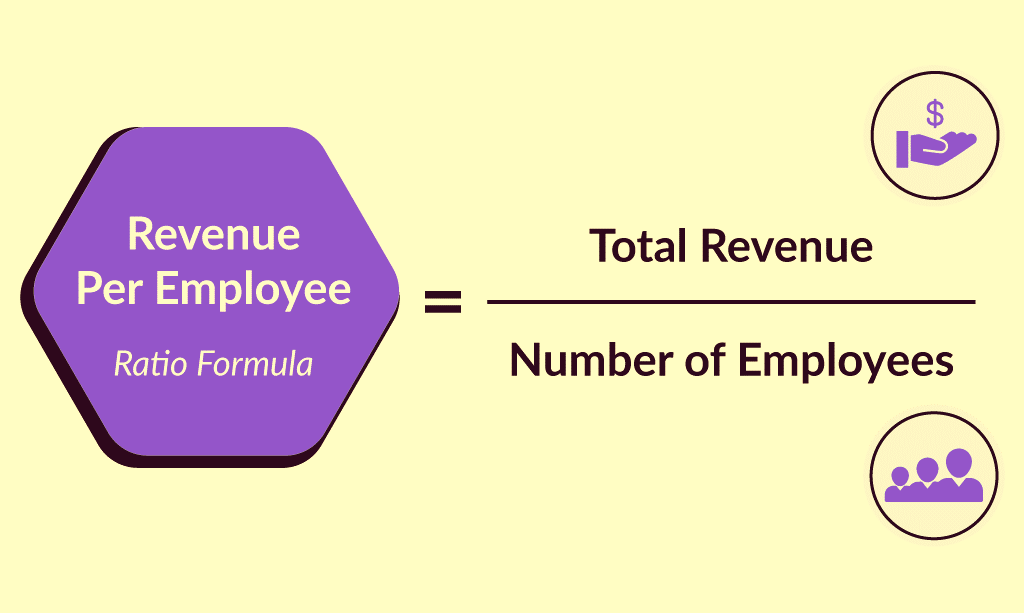

Employee efficiency is at the heart of organizational performance. Companies are constantly seeking ways to measure productivity and output, especially in a competitive landscape.
Benchmark your Employee Efficiency Ratio here
One of the most insightful metrics in this area is the Employee Efficiency Ratio (EER). This blog will explore what the EER is, why it matters, and how to use it effectively in your organization. Here’s the full list of topics covered:

The Employee Efficiency Ratio measures how efficiently employees contribute to the overall output of an organization. It is calculated using a simple formula, typically dividing total revenue or output by the number of employees.
For instance, an EER might measure revenue generated per employee or the average output per headcount. This metric varies significantly by industry and function, making context and benchmarks crucial to interpretation.
Looking to benchmark your EER? Get started here
The EER is a valuable metric for assessing workforce productivity and identifying areas of strength or inefficiency. It provides leaders with data-driven insights into how well their workforce is contributing to business objectives.
Beyond productivity, EER can inform strategic decisions such as hiring plans, resource allocation, and organizational restructuring. Its applicability across industries makes it a universal tool for improving operational efficiency.
To calculate the EER, you need two key data points, as follows:
For example, if a company generates $10 million in revenue with 100 employees, the EER (or in this case Revenue per Employee) would be $100,000 per employee.
Accurate data is essential for meaningful results, so it’s important to use consistent and reliable figures. Adjustments may also be necessary for seasonal businesses or fluctuating workforce sizes – Benchmark your Revenue per Employee here.

A high EER often indicates strong productivity and efficient use of human resources, while a low EER may suggest inefficiencies or overstaffing. However, these interpretations depend heavily on industry benchmarks.
For example, technology companies typically have a higher EER compared to manufacturing firms due to the nature of their business models. It’s also essential to consider factors like geography, company size, and functional differences when analyzing EER figures.
Organizations can use the EER in various ways to drive success. In workforce planning, it helps leaders allocate resources effectively and set hiring or downsizing targets. In budgeting, the EER provides a clear picture of the financial impact of staffing decisions. Over time, tracking changes in the ratio can reveal trends, highlight operational improvements, and pinpoint areas needing intervention.
Curious about EER benchmarking? Learn more here
While EER is a powerful metric, it is not without limitations. It often overlooks qualitative contributions, such as leadership, innovation, or team dynamics, which are harder to quantify.
Additionally, focusing solely on the EER could lead to unintended consequences, such as underinvestment in critical but less immediately productive roles. Combining EER with other metrics, like employee engagement scores or customer satisfaction ratings, can provide a more balanced view.
Start by establishing baseline benchmarks to understand where your organization stands. Use industry standards as a reference point, but consider internal nuances and strategic priorities. Then set realistic targets for improvement and track progress regularly. Finally, ensure findings are communicated clearly to stakeholders, aligning EER results with broader organizational goals to secure buy-in and drive action.
Ready to benchmark your EER? Get started here
The Employee Efficiency Ratio is a powerful tool for organizations looking to enhance productivity and optimize workforce planning. By understanding what the EER represents, why it matters, and how to use it effectively, businesses can make informed decisions that drive sustainable growth. Incorporating EER into your strategic toolkit can lead to improved outcomes and a more efficient, competitive organization.
.svg)
Download a copy of our latest all industry report with data to benchmark the Finance, HR, IT and Marketing functions.
Insights are just around the corner.
.svg)
.svg)